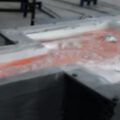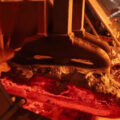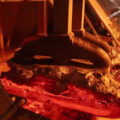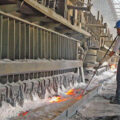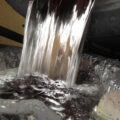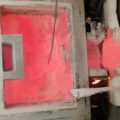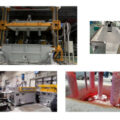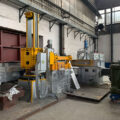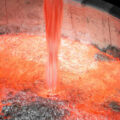The purification treatment of aluminum alloy melt is one of the basic guarantee measures for the production of high-quality aluminum castings, and it is also the main means to improve the comprehensive performance of aluminum alloys. The refining effect of aluminum alloy melt has an important influence on the formation of porosity, pores and inclusions, and directly affects the physical properties, mechanical properties and service properties of aluminum castings.
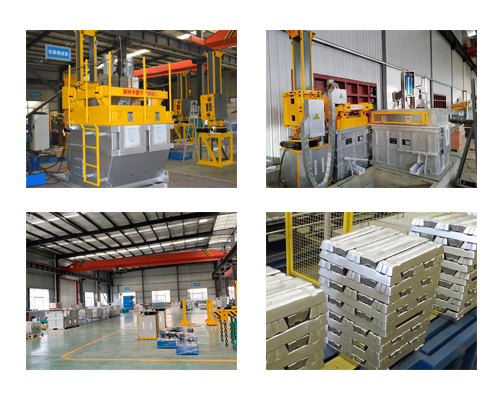
Purification Method of Aluminum Alloy Melt
In recent years, mixed gas refining is widely used abroad, that is, adding a small amount of active gas (chlorine) to high-purity nitrogen or argon. While strengthening the hydrogen removal effect of the aluminum alloy melt, it is beneficial to remove the inclusions in the aluminum alloy melt and cause dry slag on the surface of the aluminum alloy melt, which can achieve a good refining effect and can artificially control the chlorine gas. The mixing amount has little impact on the environment.
The flux refining method achieves the purpose of removing slag and gas by adsorbing, dissolving the oxide inclusions and adsorbing the hydrogen on it, floating up to the liquid level and entering the molten slag. Vacuum purification treatment, ultrasonic purification treatment, electromagnetic purification treatment and other non-adsorption purification treatment methods have not yet been industrially applied, mainly due to the complex equipment and process, and the high cost. Furnace treatment is mainly used in small and medium-sized aluminum processing plants, not only the slag removal effect is not good, but also the melt has the possibility of secondary pollution.
In order to improve the purification treatment effect and ensure the stability and reliability of the aluminum alloy melt quality, continuous purification treatment outside the furnace has been developed rapidly. The purification methods include glass fiber mesh, ceramic tube, and ceramic foam filtering method mainly for filtering and slagging, SNIF, Alpur, MINT, both for degassing and slagging, RDU, CBF method, etc.
In terms of degassing (hydrogen) alone, the purification of hydrogen outside the furnace can generally be described as a bubble floatation method. That is, through a certain method, a large number of bubbles are created in the aluminum liquid, and the partial pressure difference between the hydrogen in the aluminum liquid and the bubbles is used to make the hydrogen in the aluminum liquid continuously enter the bubbles floating in the aluminum liquid, and finally escape the liquid surface with the bubbles, achieve the purpose of removing hydrogen. At the same time, a part of the slag is taken away in the process of bubbles floating up to achieve the purpose of slag removal.

